As espresso-based drinks evolve and multiply, it is becoming increasingly more difficult to differentiate between them. Here is a short practical guide which provides a general overview of the most popular caffeinated beverages.
The Espresso
There are several varieties. However, basically the espresso is a coffee extraction. This means that very hot, high-pressure water passes through the coffee to extract the oils. We then get a very strong, concentrated, and dense beverage with a lower caffeine content. Also good to know is that the espresso is divided into two parts: the liquid and the crema.
It is also the base for all the other beverages, including the: latte, cappuccino, macchiato, cortado, flat white, and more. It can be a single, meaning it’s made with approximately seven to nine grams of coffee, or a double, which is made with approximately fourteen to eighteen grams of coffee. It can also be short or long. The longer a coffee is, the more water passes through the grounds and the more acidic the taste will be. Note that under no circumstances should we add water to the espresso, the only liquid in the cup should come from the portafilter.
The volume of liquid that you will get depends on this:
-
Short single: 1 oz
-
Long single: 2 oz
-
Short double: 2 oz
-
Long double: 4 oz
Obviously, these values can vary significantly, as each café can serve it to you differently.
The Ristretto
This method of serving espresso belongs primarily to the current third wave of coffee. It is a double, or even a triple dose of espresso, but it is shorter than a regular espresso. This beverage it not usually served to customers as is, rather it is used as the base for lattes or by baristas who are doing latte art.
Dosage: no more than 1 oz.
The Latte
Depending on the size, the latte is made with a slightly long single or double espresso, approximately ¼ cup. It is then thinned with the microfoam by filling it up to the rim of the cup.
The consistency is smooth, creamy, and uniform. Latte proportions vary enormously from one establishment to the next, so it’s important to ask your barista how they make it before ordering to be sure you get what you want. Normally, lattes are ten ounces: a double dose of espresso with around eight ounces of milk.
Dosage: 1/4 espresso, 3/4 microfoam.
The Cappuccino
The cappuccino requires the same dose of espresso as the latte. The difference is in the consistency of the milk: half of the remaining space is filled with hot milk, the other with a very dense and thick foam.
Dosage: 1/3 espresso, 1/3 hot milk, 1/3 thick foam
Note: this cappuccino is the typical North American version of this beverage. According to Espresso Italiano (the world reference for Italian espressos and cappuccinos), the Italian cappuccino has some differences.
The Macchiato
Essentially, a macchiato is a mini cappuccino. It is a lot smaller and stronger than a latte or a cappuccino, the macchiato is simply a short single or double espresso with only a little hot milk added. On top we add one or two (depending on whether it’s a single or double espresso) spoonfuls of thick foam.
Dosage: 1/2 espresso, 1/2 foam.
The Americano
Some people describe the Americano as filter coffee’s espresso-based cousin. To make it without burning the espresso, you need to fill a cup 3/4 full of hot water. Then, extract a single or double espresso on top of the water. Just like a filter coffee, we add sugar, milk or cream, to taste.
Dosage: 3/4 water, 1/4 espresso.
The Cortado
Cortado means ‘cut’ in Spanish, the language of the country this little beverage originated in. It is said to be ‘cut’ because in this coffee, the espresso is cut with milk. In fact, it is simply a small, strong latte. It is also known as a ‘Gibraltar’. It is a short double dose espresso which is thinned with around four ounces of microfoam, for a final drink that is six ounces total. It is basically a very strong small latte.
Dosage: 1/3 espresso, 2/3 microfoam.
The Flat White
Oh, the flat white. So many variations and so many interpretations around the world. Here we will try to sort them all out.
The first thing you need to know is that the origin of the flat white is the subject of debate in the world of coffee. Australians say it’s from Australia and New Zealanders say it’s from New Zealand. Some large American chains state that their flat white is an Australian drink, but the issue still hasn’t really been settled.
It is very similar to a cortado, but the major difference is in the consistency of the heated milk. The final product is more liquid-y than the cortado, so it isn’t a foam. On top of the double dose of double espresso we place a spoon to stop the thickest part of the milk from falling into the coffee, then the liquid is poured in a way that doesn’t ruin the crema. This coffee is normally served in a six-ounce Gibraltar glass.
Dosage: 1/3 espresso, 2/3 hot milk.

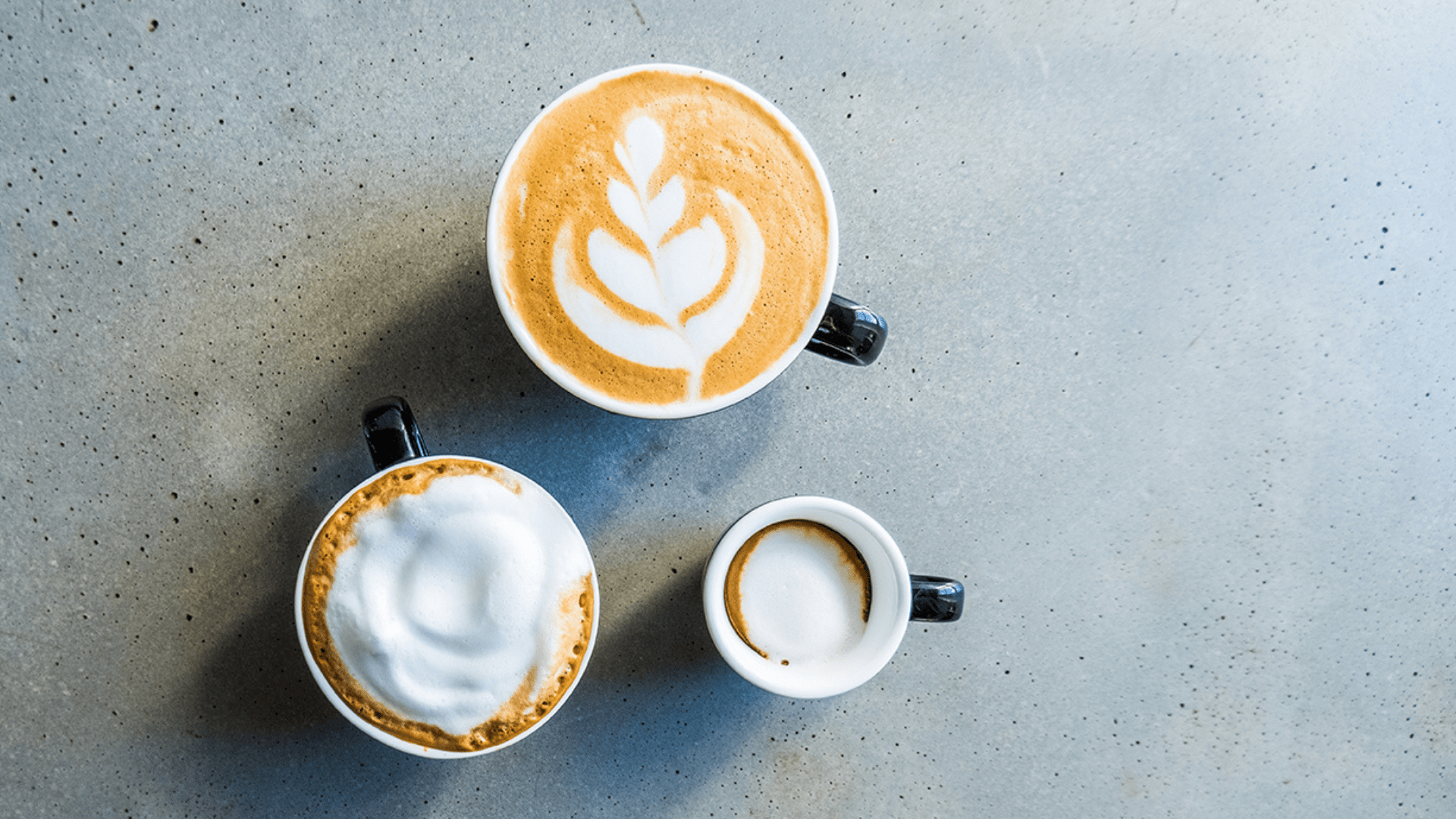

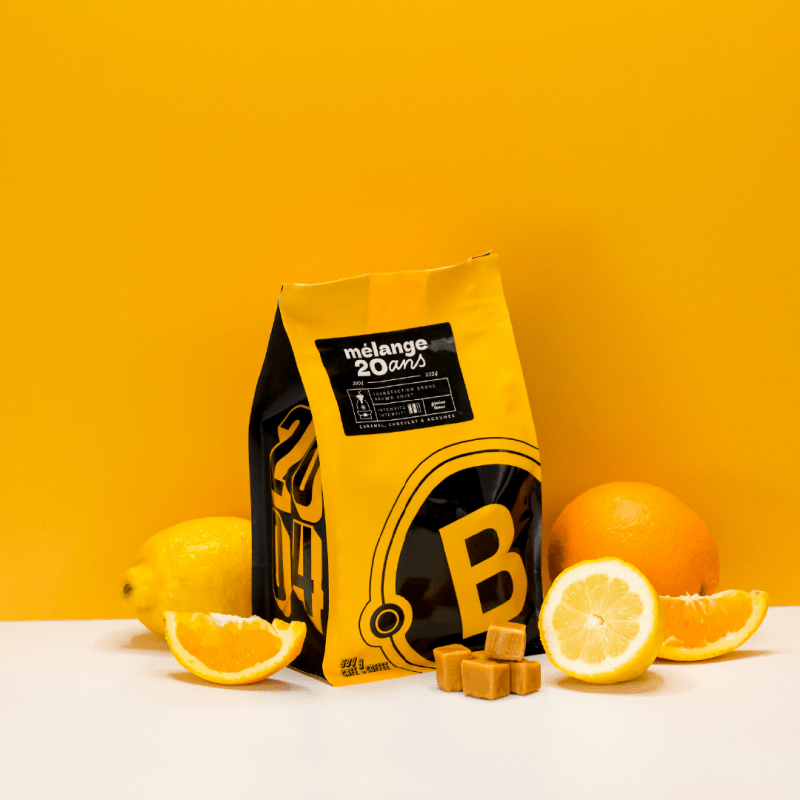


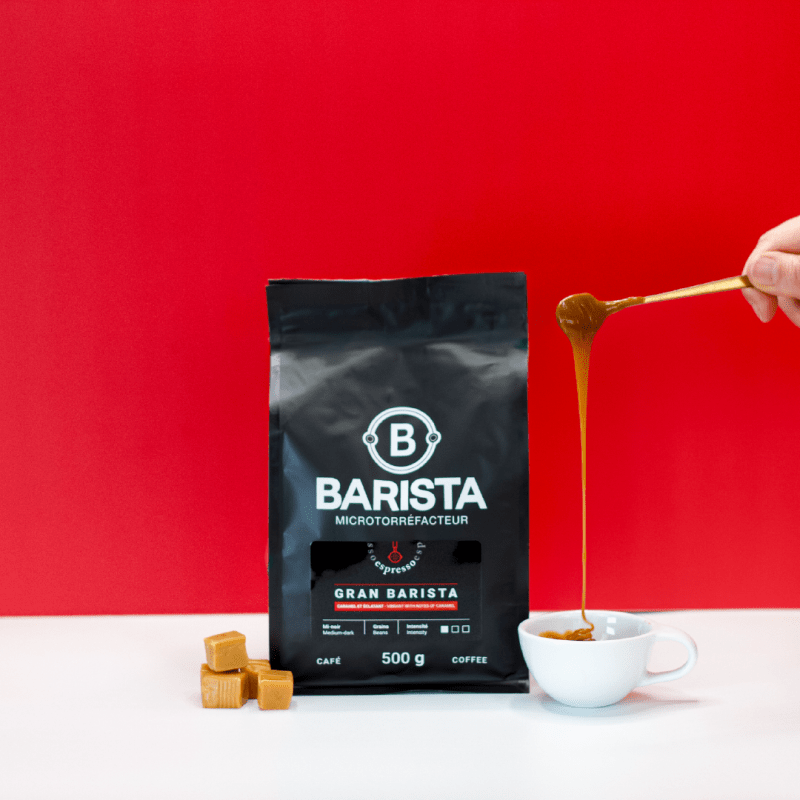
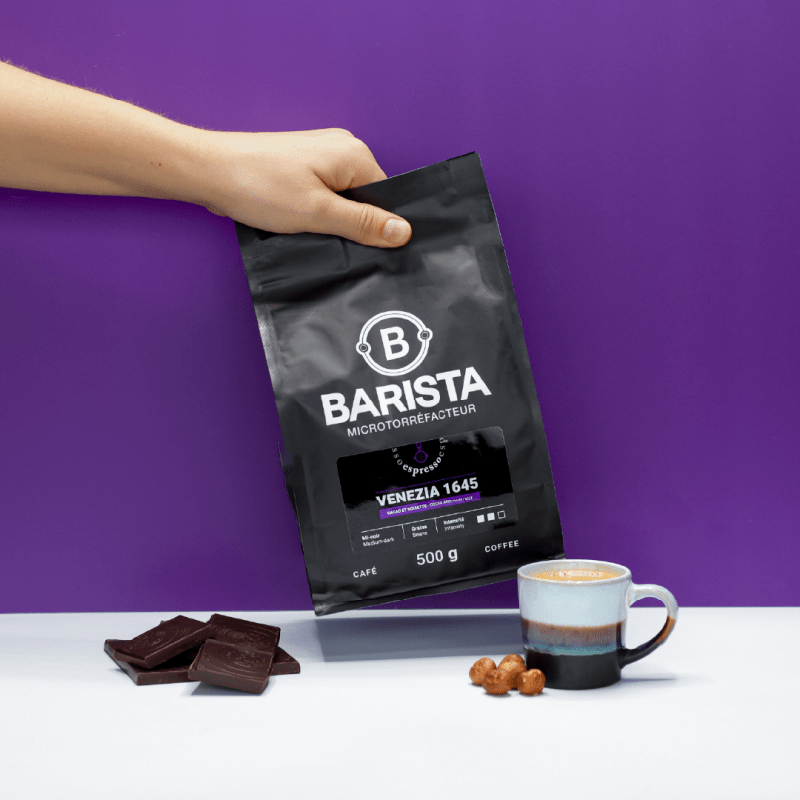
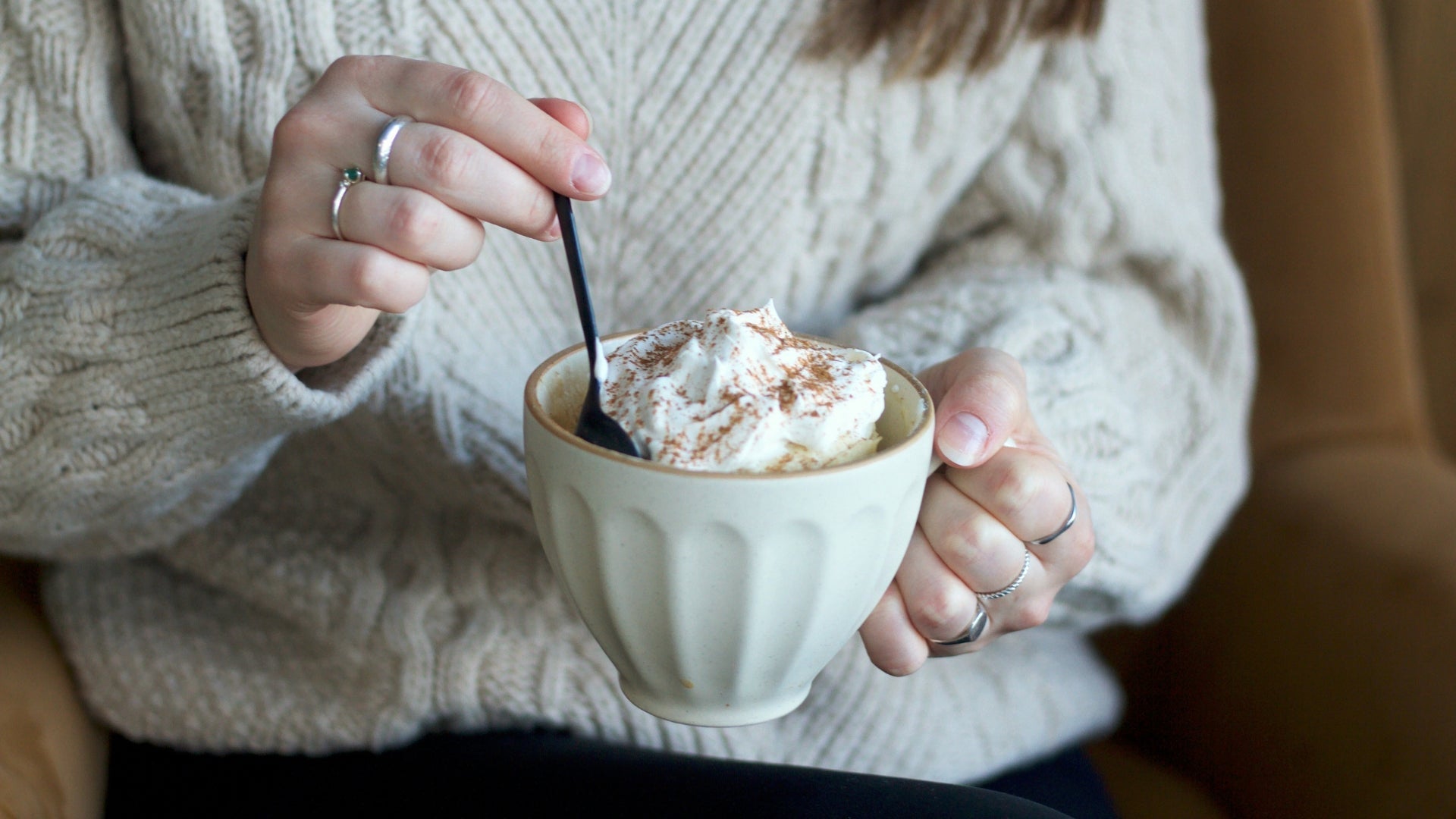
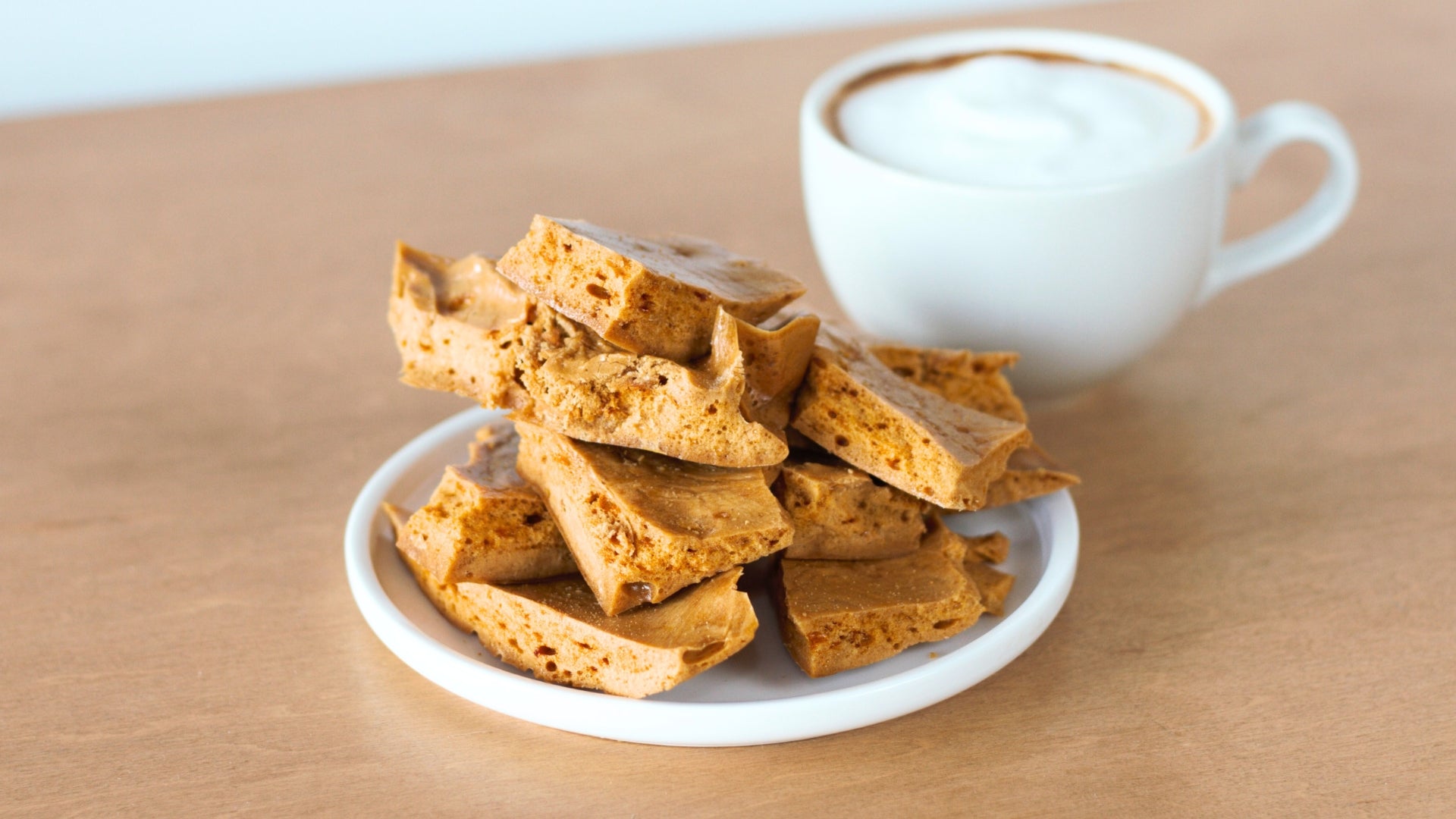
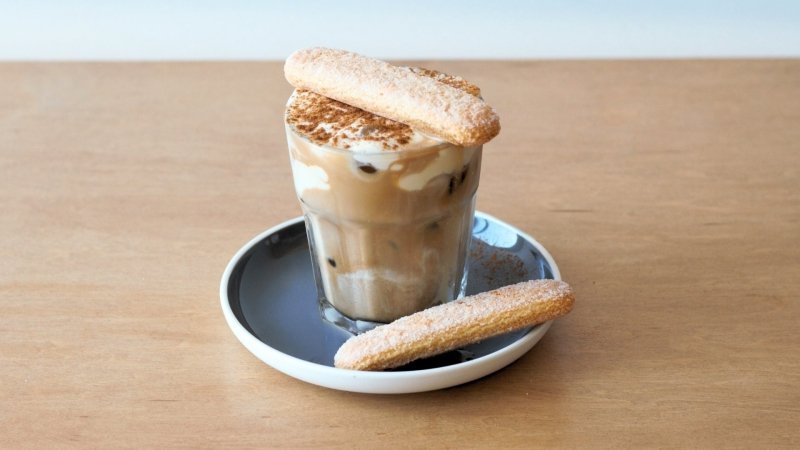
Share:
How to Make Latte Foam
Café L'Étincelle, the Friendliest Café in Rosemont